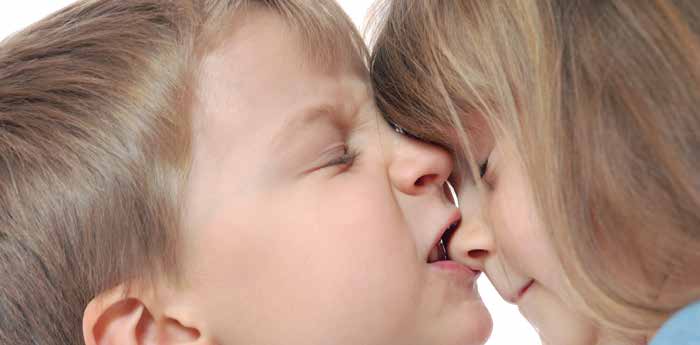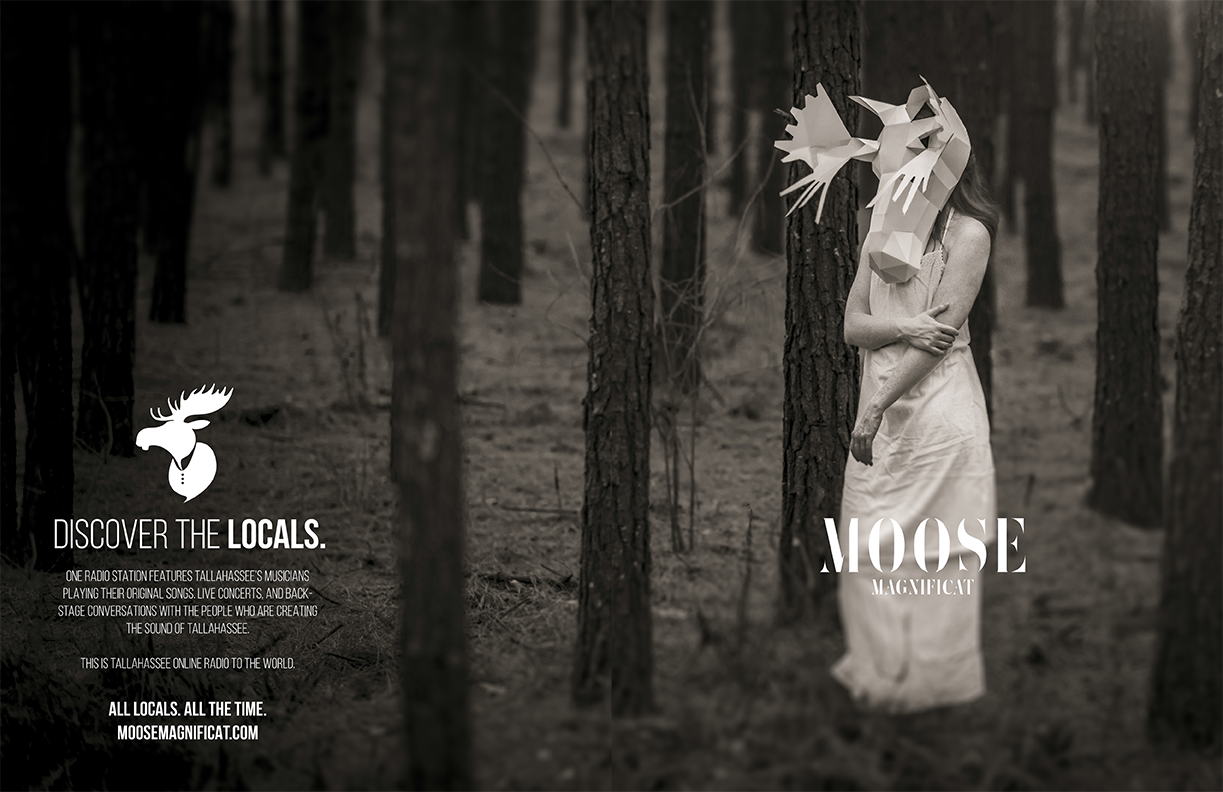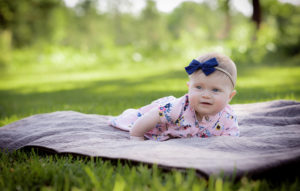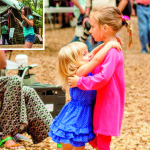by Mara McElroy Spencer
It’s so hard to leave your child in someone else’s care. It’s even harder when you go to pick up your child and they’ve been injured. Bitten by another child! How did this happen? Were they being properly supervised? How was the other child disciplined? Will my child be bitten again? Now imagine that your child, with whom you have worked so hard to instill love and respect of others, is the biter! So many parents have come to me discouraged with their toddler’s aggression. Most don’t understand why this is happening. Others would love to blame it on the school, except they’re biting at home too. What every parent needs to understand is that a toddler’s biting and aggression is completely developmentally appropriate and, in most cases, solves itself in
due time with the help of their home and school families.
WHY?
There are a number of reasons why your toddler may be biting. The most common reasons in a preschool setting are simply frustration and self-assertion. Your child sees a toy, but Billy has it. He doesn’t have the language skills to ask Billy for the toy, so he bites Billy and takes the toy. In their eyes, it’s the simplest way to get something they want. Although this may seem cruel to an adult, that is not the child’s intention. At this age they are entering into a very egocentric time in their developmental growth. The child is only worried about things that affect him directly and does not realize how his actions may impact others.
Other reasons for the aggression include cause and effect, and mimicry. Your child may have figured out “when I hit Julie, she lets out this funny yell and starts to stomp her feet.” The child has learned that he can affect his own world! Along the same lines, we’ve all heard of “monkey see, monkey do.” As parents and caregivers, we are always careful to model good behavior, but that’s not the case for toddlers. If your child sees another child bite, they may want to see if they can have the same effect.
Lastly your child may be biting because of simple explanations such as teething and sensory exploration. Everyone knows that if a toddler sees something new, it’s headed straight for the mouth. And have you ever experienced your wisdom teeth coming in? How painful! Imagine a 2-year-old feeling that pain. Chewing on something, even a friend, relieves pain.
WHAT CAN WE DO?
Although biting and aggression are age-appropriate behaviors that can occur in the toddler classroom, there are things that we can do to curb the likelihood of these events. We start by building strong connections. If the child is connected to their caretaker and peers, they are more likely to naturally develop a sense of empathy early in toddlerhood. We can point out the look on the other child’s face. Look at Billy’s face! He is saying, “Ouch that hurt! Touch me gently.” Connection is key for the child to have an intrinsic desire to change their aggressive behaviors. Remember the cause and effect reason for biting? If a child is connected to their peers, seeing their friend hurt and hearing their cries will actually bring them displeasure and become a natural consequence
for their actions. At my school, we work very hard at building a school family through playful connections and eye contact, being of service to each other, and bringing attention to all acts of kindness in the classroom, making kindness the focus and goal.
It is also important for the parent or teacher to discover which reason the child is biting by shadowing the biting child and figure out the whens and whys. Sometimes, there are heavy bouts of aggression during certain times of the day, such as transition times or just before lunch. This would be a great time to engage the child in an activity, like a song or finger-play, while transitioning. Children at this age need a visual when learning new routines and vocabulary. Setting the classroom up for success requires visuals for all routines and transitions. Show them a picture of properly asking a friend for a turn. Teaching the sign for “turn” helps too. Show them pictures of gentle touches. Use these pictures to add to the empathy steps above. Say “Look at Billy’s face! He is saying ‘Ouch! That hurt! Touch me gently.’ Like this.” Then show the picture.
For most children, the biting is occurring out of frustration and self-assertion, and therefore they must be taught appropriate ways to express themselves. Teaching the child words such as “mine” may seem selfish to an adult, but are useful tools for toddlers to express themselves. I teach all toddlers the word and sign for “turn.” When a child asks for a turn, we immediately give them one to teach them words have power. The most important step to curbing these behaviors is to practice. The best time is when your child is happy, content and playing nicely. Show him how to use his words or signs for a turn, and how to handle being upset when someone takes a toy. Practice those gentle touches and praise the child when they are playing nicely. “You did it! You gave Billy a turn with the truck! That was so kind!”
Always remember that children are modeling your behavior. Never bite your child to show them how it feels! Your child is in his or her world and can not transfer his emotions to someone else. In other words they don’t understand “if it hurt me, it will hurt Jenny.” Never punish your child later for a biting or aggression incident that happened earlier in the day. It is important at this age to deal with the incident immediately so that they fully understand the consequences of their actions. Although we want to make it clear that biting is never acceptable, we need to do it right after the incident so that the child knows exactly what act they are being disciplined for. Above all, remain patient! Be confident in the fact that your child’s biting and aggression is developmentally appropriate and, if handled correctly, will soon pass.
Mara McElroy Spencer is the owner and director of Ivy Hill Academy in Tallahassee











